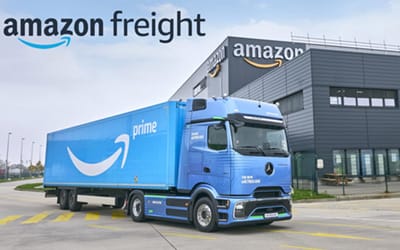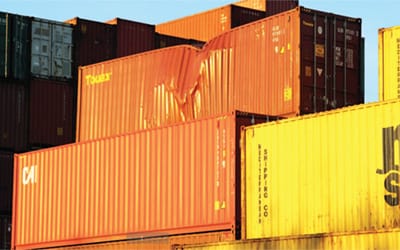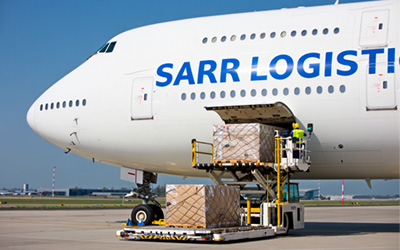Understanding Warehouse Automation
In the rapidly evolving landscape of supply chain management, warehouse automation has emerged as a pivotal solution for enhancing efficiency, accuracy, and overall productivity. At the heart of this transformation lies technology, which plays a crucial role in driving successful warehouse automation strategies. From advanced robotics to intelligent software systems, technology is the driving force behind the optimization of warehouse operations. For detailed warehousing solutions please visit our website.
Defining Warehouse Automation
Warehouse automation refers to the integration of technology and machinery to perform various tasks traditionally carried out by human workers. These tasks can include order picking, sorting, packing, inventory management, and even transportation within the warehouse facility.
The Need for Automation
The rise in e-commerce, consumer demands for quicker deliveries, and the complexities of modern supply chains have necessitated the adoption of warehouse automation. Manual processes alone cannot keep up with the speed and accuracy required to meet these demands, making technology-driven automation a strategic imperative.
Technology as the Enabler
Robotics and Automation
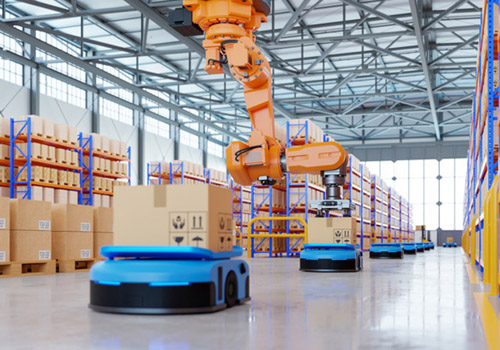 One of the most visible manifestations of technology in warehouse automation is the deployment of robotics. Autonomous mobile robots (AMRs) and automated guided vehicles (AGVs) are now essential tools for moving goods within the warehouse efficiently. These robots can navigate through the facility, retrieve items, and transport them to designated areas, all while minimizing the risk of errors and accidents.
One of the most visible manifestations of technology in warehouse automation is the deployment of robotics. Autonomous mobile robots (AMRs) and automated guided vehicles (AGVs) are now essential tools for moving goods within the warehouse efficiently. These robots can navigate through the facility, retrieve items, and transport them to designated areas, all while minimizing the risk of errors and accidents.
Artificial Intelligence
Artificial Intelligence (AI) plays a transformative role in warehouse operations. AI-driven software can predict demand patterns, optimize inventory levels, and even suggest efficient storage strategies. Machine learning algorithms continually improve these predictions, enabling warehouses to make data-driven decisions and allocate resources effectively.
Internet of Things (IoT)
The IoT allows warehouse managers to monitor and manage assets, equipment, and inventory in real time. Connected sensors and devices provide valuable data on temperature, humidity, location, and condition of goods. This data enables proactive maintenance, reduces spoilage, and ensures timely fulfilment of orders.
Benefits of Technology-Driven Warehouse Automation
Enhanced Efficiency
Technology-driven warehouse automation significantly reduces the time required to complete tasks. Robots and automated systems work tirelessly, increasing the throughput and overall operational efficiency of the facility. This, in turn, enables warehouses to process higher volumes of orders with precision.
Improved Accuracy
 Human errors are a common factor in manual warehouse operations. By implementing technology solutions, warehouses can achieve a higher degree of accuracy in tasks such as order picking, packing, and inventory management. Reduced errors lead to customer satisfaction and cost savings.
Human errors are a common factor in manual warehouse operations. By implementing technology solutions, warehouses can achieve a higher degree of accuracy in tasks such as order picking, packing, and inventory management. Reduced errors lead to customer satisfaction and cost savings.
Scalability
Technology-driven solutions are designed to be scalable. As business needs grow, warehouses can easily expand their automation capabilities by integrating additional robots or software modules. This scalability ensures that warehouse automation remains adaptable to changing demands.
Overcoming Challenges
Integration Complexity
Integrating technology into existing warehouse systems can be complex. Ensuring seamless communication between different software systems, robots, and IoT devices requires careful planning and expertise. However, overcoming this challenge is essential for reaping the benefits of automation.
Workforce Transition
The shift towards warehouse automation can raise concerns about job displacement. While some tasks may be automated, the human workforce remains integral for overseeing, maintaining, and optimizing automated systems. Reskilling and upskilling initiatives can help employees transition into new roles.
Looking Ahead
 The future of warehouse automation is bound to be even more technology-intensive. Advancements in AI, robotics, and IoT will continue to drive innovation and efficiency in the warehouse management landscape. As businesses strive for competitive advantages, adopting and harnessing these technologies will become paramount.
The future of warehouse automation is bound to be even more technology-intensive. Advancements in AI, robotics, and IoT will continue to drive innovation and efficiency in the warehouse management landscape. As businesses strive for competitive advantages, adopting and harnessing these technologies will become paramount.
Conclusion
Technology has proven to be the cornerstone of successful warehouse automation initiatives. From streamlining operations to improving accuracy and scalability, the integration of robotics, AI, and IoT into warehouse management processes offers substantial benefits. As the supply chain landscape continues to evolve, embracing technology-driven automation is not only a necessity but a strategic move to thrive in a rapidly changing business environment. To see inside a warehouse where thousands of robots pack groceries visit our You Tube channel.
FAQs
 Q What is warehouse automation?
Q What is warehouse automation?
A Warehouse automation refers to the use of technology and machinery to perform tasks within a warehouse that were traditionally done by humans.Q How does technology enable warehouse automation?
A Technology, such as robotics, AI, and IoT, facilitates tasks like order picking, inventory management, and equipment monitoring, enhancing efficiency and accuracy.Q What are the benefits of technology-driven warehouse automation?
A Benefits include improved efficiency, accuracy, scalability, and the ability to handle higher order volumes.Q What challenges does warehouse automation face?
A Challenges include integrating technology with existing systems and addressing workforce transition concerns.Q What does the future of warehouse automation hold?
A The future will likely see increased integration of advanced technologies, leading to even more efficient and innovative warehouse management solutions.


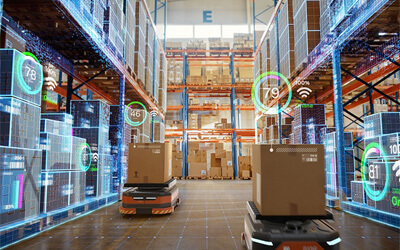
 Q What is warehouse automation?
Q What is warehouse automation? 